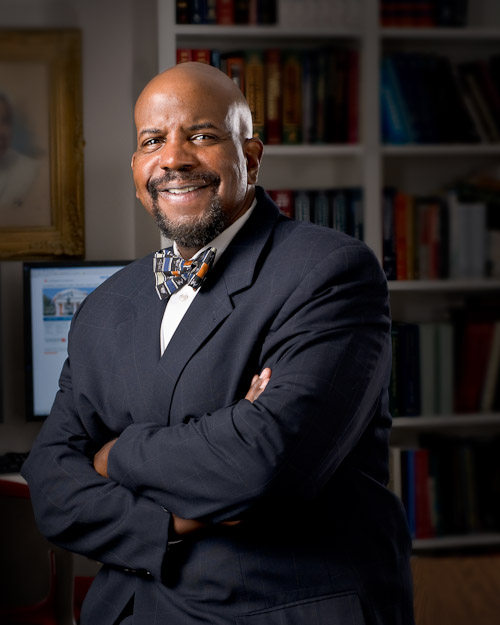In the Nov. 22 issue of Science Dr. Cato T. Laurencin, an orthopedic surgeon-scientist of the University of Connecticut and its UConn School of Medicine, authored the editorial “The Context of Diversity.”
In his editorial Laurencin shines light on while greater diversity is welcomed “there are unintended negative consequences of the expanded definition of diversity” which is ever-growing to include identities across race, gender, sexual orientation, physical appearance, belief systems, thought styles, socioeconomic status, and rural/urban geographic location.
He believes this may be having a particularly serious impact on specific underrepresented racial and ethnic groups such as black men and black women in science, engineering and medicine.
“These may be factors in the crisis-level changes seen across the academic landscape of blacks in science, engineering, and medicine,” said Laurencin.
This November to confront this issue the U.S. National Academies will be having its first historic “Roundtable on Black Men and Black Women in Science, Engineering and Medicine.”
According to Laurencin: “Forging systemic changes that bring Black diversity at all education and career levels will hopefully bring racial equity to practices in these fields and in doing so, expand the benefits of science, engineering, and medicine to society.”
Read more from Laurencin in his new editorial published in Science here.



